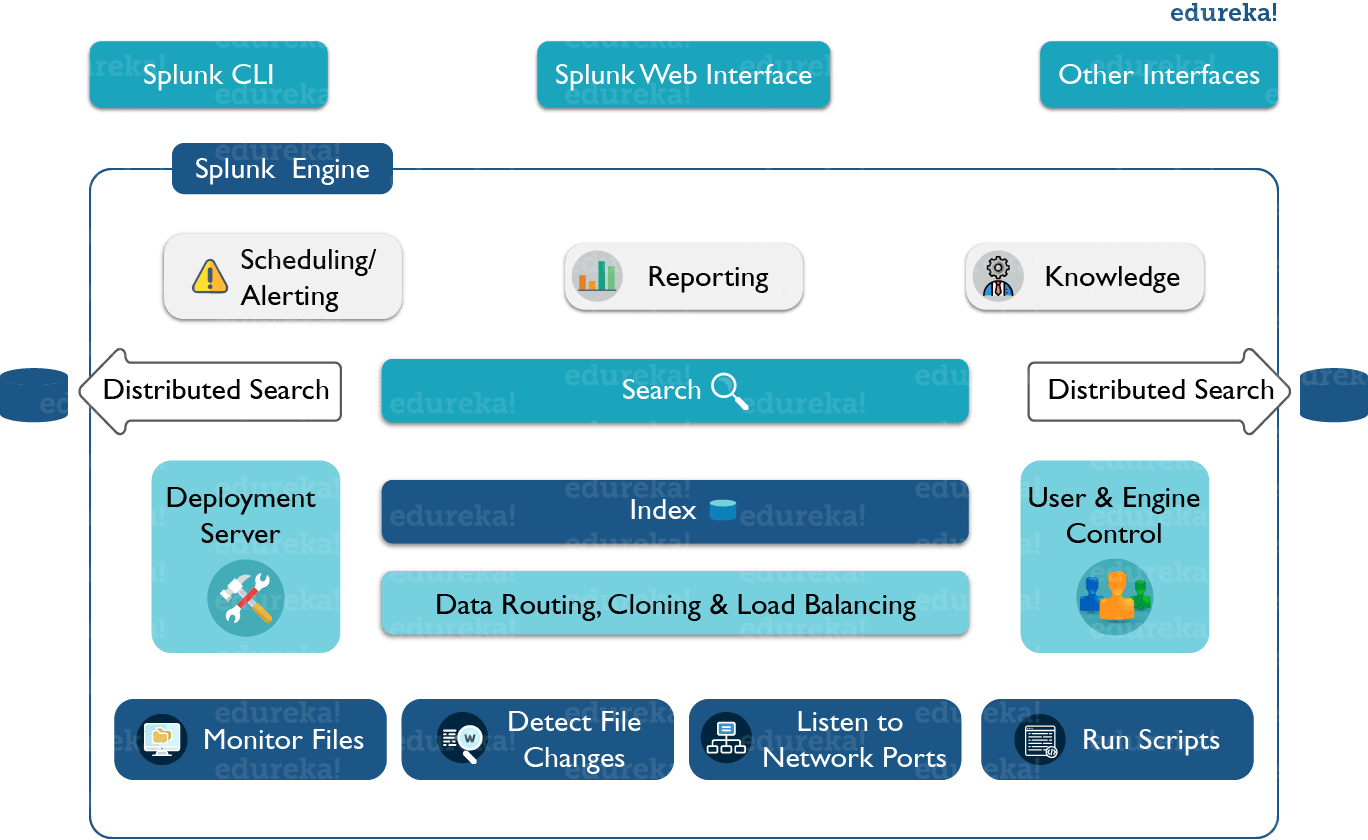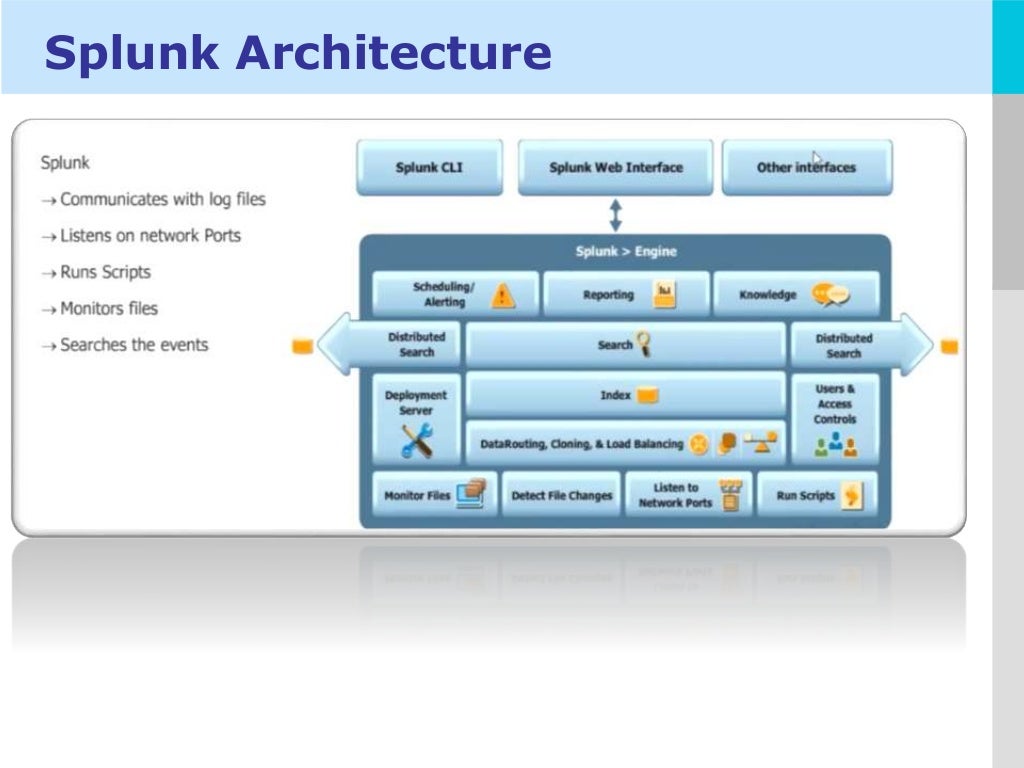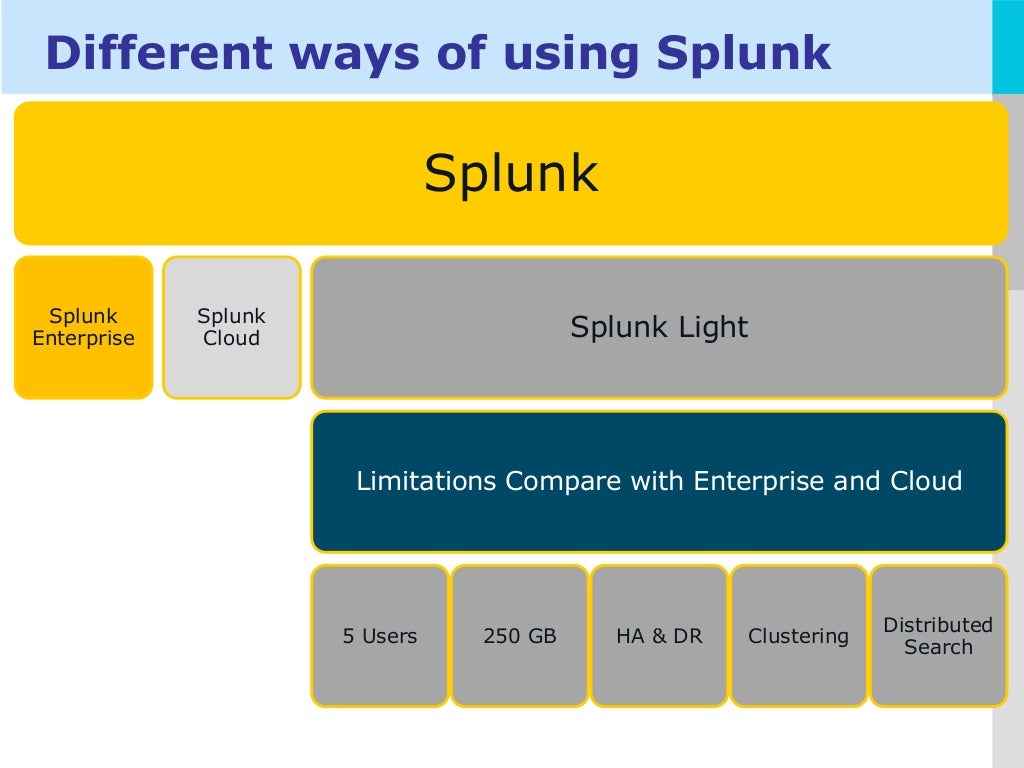
Minimum Reference Hardwareīased on Splunk Enterprise Reference Hardware documentation, a summary of the minimum reference hardware requirements is given below. Please be aware that this may impact performance of other non-Splunk workloads. We would also recommend following the same guidance on Splunk Enterprise for disabling Transparent Huge Pages (THP) for the nodes in your Kubernetes cluster. Refer to the Splunk Enterprise Reference Hardware documentation for additional details.


The resource guidelines for running production Splunk Enterprise instances in pods through the Splunk Operator are the same as running Splunk Enterprise natively on a supported operating system and file system.

Review the Change Log page for a history of changes and Splunk Enterprise compatibility for each release. If your cluster does not have access to pull from Docker Hub, see the Required Images Documentation page. splunk/splunk:: The Splunk Enterprise image (9.0.5 or later)Īll of the Splunk Enterprise images are publicly available on Docker Hub.splunk/splunk-operator: The Splunk Operator image built by this repository or the official release (2.3.0 or later).The Splunk Operator requires these docker images to be present or available to your Kubernetes cluster: For the installation of premium apps please refer to Premium Apps Installation Guide. Splunk Apps InstallationĪpps and add-ons can be installed using the Splunk Operator by following the instructions given at Installing Splunk Apps. Before installing or upgrading the Splunk Operator, review the Change Log to verify version compatibility with Splunk Enterprise releases. Microsoft Azure Kubernetes Service (AKS), Red Hat OpenShiftĮach Splunk Operator release has specific Splunk Enterprise compatibility requirements. Splunk Development & Testing PlatformsĪmazon Elastic Kubernetes Service (EKS), Google Kubernetes Engine (GKE) We do not have platform recommendations, but this is a table of platforms that our developers, customers, and partners have used successfully with the Splunk Operator. The Splunk Operator should work with any CNCF certified distribution of Kubernetes. Kubernetes, version 1.20+ and later (x86 64-bit only).Prerequisites for the Splunk Operator Supported Kubernetes Versions Review the Change Log page for a history of changes in each release. GitHub splunk/splunk-operator Known Issues for the Splunk Operator Slack channel #splunk-operator-for-kubernetes If you’re interested in contributing to the SOK open source project, review the Contributing to the Project page. This direct connection will help us all be more successful and move at a rapid pace. The primary reason why Splunk is taking this approach is to push product development closer to those that use and depend upon it. Splunk Enterprise deployed using the Splunk Operator is subject to the applicable support level offered here.ĬOMMUNITY DEVELOPED: Splunk Operator for Kubernetes is an open source product developed by Splunkers with contributions from the community of partners and customers. The Splunk Operator is categorized as an Extension and subject to the support terms found here. SPLUNK SUPPORTED: The Splunk Operator for Kubernetes is a supported method for deploying distributed Splunk Enterprise environments using containers. Securing Splunk Deployments in Kubernetes.It is divided into the following sections: This guide is intended to help new users get up and running with the

The Splunk Operator runs as a container, and uses the Kubernetes operator pattern and custom resources objects to create and manage a scalable and sustainable Splunk Enterprise environment. The Operator simplifies scaling and management of Splunk Enterprise by automating administrative workflows using Kubernetes best practices. The Splunk Operator for Kubernetes enables you to quickly and easily deploy Splunk Enterprise on your choice of private or public cloud provider. Splunk-operator Getting Started with the Splunk Operator for Kubernetes


 0 kommentar(er)
0 kommentar(er)
